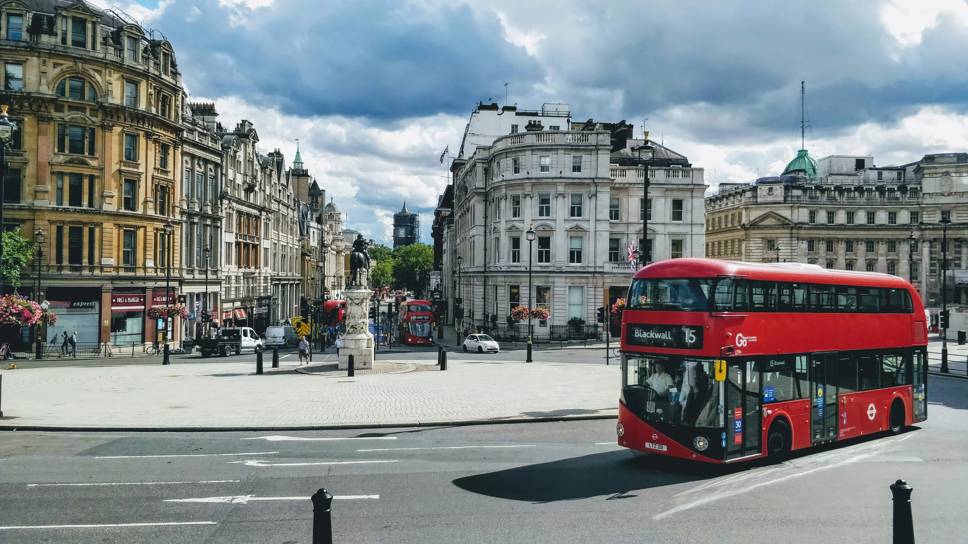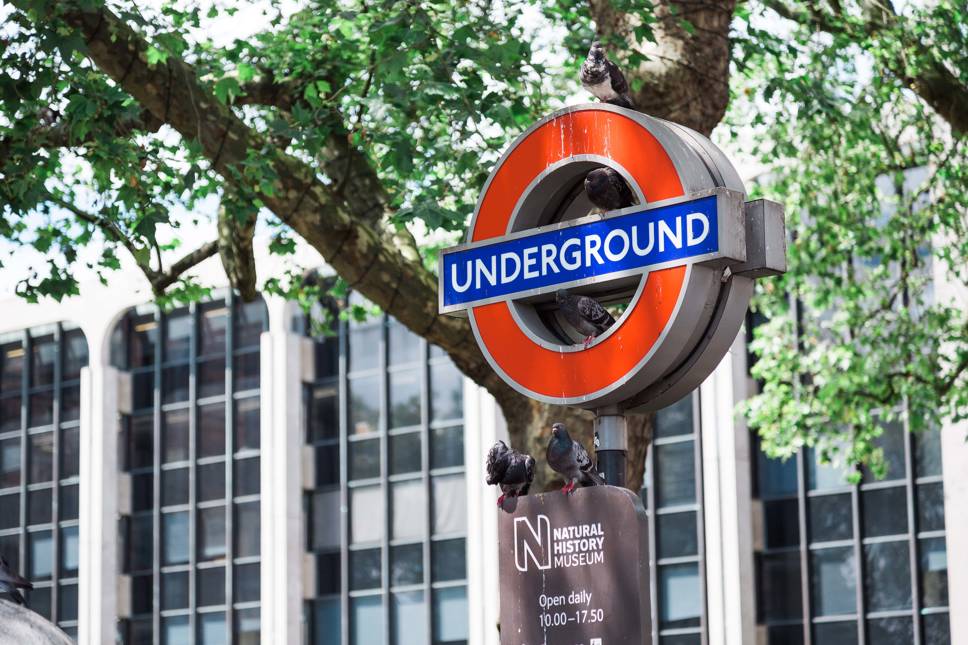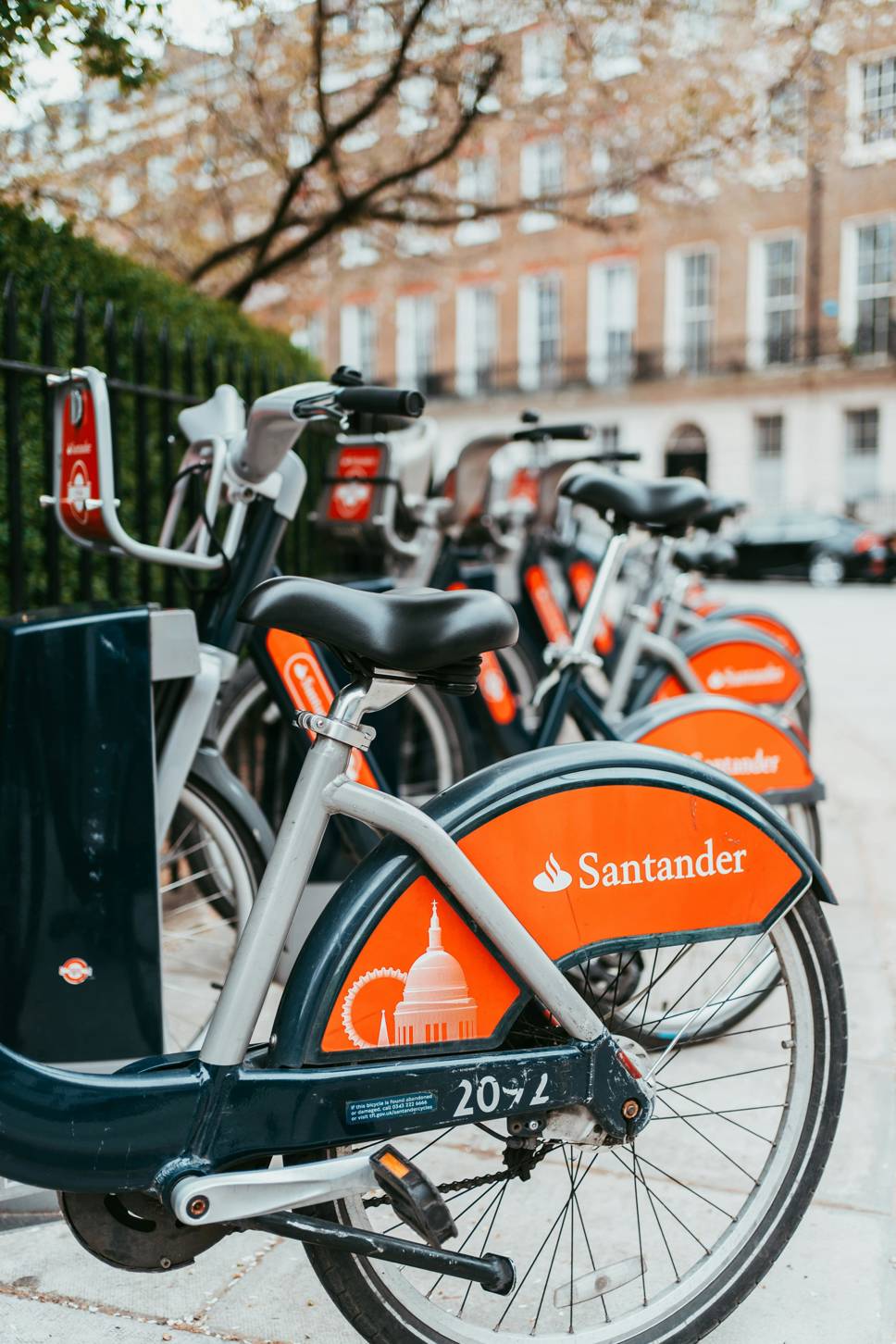Looking for ways to keep your little ones entertained when travelling?
How to Navigate around London via Public Transport
17th October 2023
How to Navigate around London via Public Transport
London is a huge city. With a population of just over 9,600,000, it’s the UK’s largest metropolis. With its radius extending 20 miles from the city centre, and the city as a whole measuring 606 square miles, navigating London can be a challenge for first time visitors.
As a cosmopolitan city, the inhabitants of London can speak more than 300 languages. Bringing friends and family from across the global to explore the wonders of the UK capital. As well international visitors, London attracts tourists from across the UK to spend a day trip, or mini break, in the nation’s capital. From tourist attractions to first-class museums and theatres to luxury shopping, London really offers it all.

At Stansted Express, we like to consider ourselves London locals, that’s why we have compiled all of our favourite tips and tricks to have the best trip to London. One of the best tricks to ensuring you love London as much as we do, is to understand the transport options available in the city.
So, if you’re heading to UK capital and wondering, “How does public transport work in London?” keep reading, as we share the best ways to use public transport across London.
Before we crack on with helping you decipher the London transport, first we need to explain the layout of the city. Like many large cities in Europe, London is divided into different zones, nine zones to be specific.
Central London, where the majority of tourist attractions such as Buckingham Palace, Big Ben and the London Eye, are located in zone 1. London Liverpool Street Station is also located in Zone 1.
Fare for the Tube, Docklands Light Railway (DLR), the Elizabeth Line, London Overground, and most National Rail services base fares on these zones. To give yourself a better idea of times and transport costs check which zone the attraction you’re going to visit is in.
Buying an Oyster card – and why you should
Public Transport across London is run by Transport for London (TfL). Their website has details on how to travel around London by public transport. From them, you can get an Oyster card or Travelcard (as well as at Oyster ticket shops or visitor centres in the capital).
To save time, if you’re a non-UK resident, you can buy a Visitor Oyster card before arriving in London. You then top it up with as much credit as you like.
It’s possible to use a contactless payment card at many travel venues. However, it worth noting that Oyster cards allow you to save up to 50% on fares compared to contactless payment and Travelcards.
Getting around London by tube
The London Underground (commonly referred to as the “Tube”) has been in existence since 1863. There are 270 stations and 250 miles of track across the city (half of it ‘over ground’ and 11 tube lines).
The tube is one of the easiest and quickest ways to get around London and is loved by Londoners and tourists alike. Tube stations are dotted throughout the city making it one of the most popular ways to travel from A to B.
Our top tip for the tube is to avoid periods of ‘rush hour’ between 7am to 8:45am and 4:30pm to 6:45pm on weekdays. During rush hour the tube will be filled with commuters and Londoners heading and leaving work, and you may find yourself waiting for a few trains to pass before there is room to travel.
Many people ask, “What time does public transport stop in London?” Well, standard Underground running times are from 5 am to midnight daily, except for Sunday when services are reduced. There’s also a Friday and Saturday night tube (with off-peak fares) on the Victoria, Central, Jubilee, Northern and Piccadilly lines that run as late as 4:30am.
Costs for tube tickets depend on how many zones you travel through. Stay in zone one, and you’ll pay up to a maximum of £8.10 a day. Go through to zones eight and nine, and it’s £21.20.
Want to plan the best tube routes for some of the city’s top attractions? Our London Underground route map shows the tube lines you can take at each stop.

Tubes to get to major attractions
- The majority of the most popular locations are in central London (Zone one). Covent Garden is on the Piccadilly Line, for instance. So too is Hyde Park and the upmarket shopping area Knightsbridge. You’ll also find Leicester Square – home of many a big cinema premiere.
- Take the District Line, and you’ll get to Buckingham Palace, Westminster Cathedral (home of Big Ben) and the Houses of Parliament.
- The Jubilee Line will take you to Madame Tussauds, Bond Street for designer shopping, and London Bridge.
- St Paul’s Cathedral and the HQ of the Bank of England are on Central Line, while those who love art, theatre and cinema screenings can take the Hammersmith & City Line to the Barbican.
- Take the Bakerloo Line to Charing Cross, where you’ll still find many old bookshops to browse around.
Taking the train
The ‘Overground’ trains in London are marked orange on the Tube map. There are six routes, which take you through most of the boroughs, including Stratford, Camden and Croydon. It also connects to some of the busier stations, such as Liverpool Street, Clapham Junction and Euston.
A 24-hour service runs from New Cross Gate, Highbury and Islington on Fridays and Saturdays.
Keeping it light (in Docklands)
The Docklands Light Railway (DLR) runs east and southeast of central London in the Docklands area. It’s an over-ground, driverless, train system and is the best way to get to The Excel (where many exhibitions and trade shows are held).
Get on the Bus
More than two million journeys are carried out annually on the iconic bright red London buses. And there’s a reason for that – they’re such an easy and convenient way to travel. There are, in fact, 9,300 buses operating across 675 routes.
Using your Oyster or contactless card, you can hop on and hop off the buses, which are very regular and accessible with ramps available for wheelchairs and pushchairs. To let the driver know you want to get off, simply press the button which alert the driver as he approaches your stop.
“Is the bus cheaper than the tube in London?” we hear you say. And the short answer is ‘yes.’ London’s Hopper Fare allows you to travel for £1.75. Travel around all day, and it’s a maximum of £5.25.

When to get on your bike
Cycling is another great way to get around London – and you don’t even need your own bike! London’s Santander Cycle scheme provides bikes that you can pick up and drop for just £1.65 for the first 30 minutes (enough time to get to most big attractions from the city centre).
Known as ‘Boris Bikes’ after the former PM, there are 12,000 of these scattered around the capital and 800 docking stations. And the best bit? You can hire one of these bikes around the clock every day of the year. Use a bank card to purchase or go onto the official Santander Cycles app.
There are many different modes of transport available in London, so you're sure to find one that suits your needs. Whether you're looking for a quick and efficient way to get around, or you want to experience the city at a more leisurely pace, there's something for everyone.
We hope this blog post has given you a better understanding of the different transport options available in London. So next time you're visiting the city, be sure to explore all your options and find the one that's right for you.




